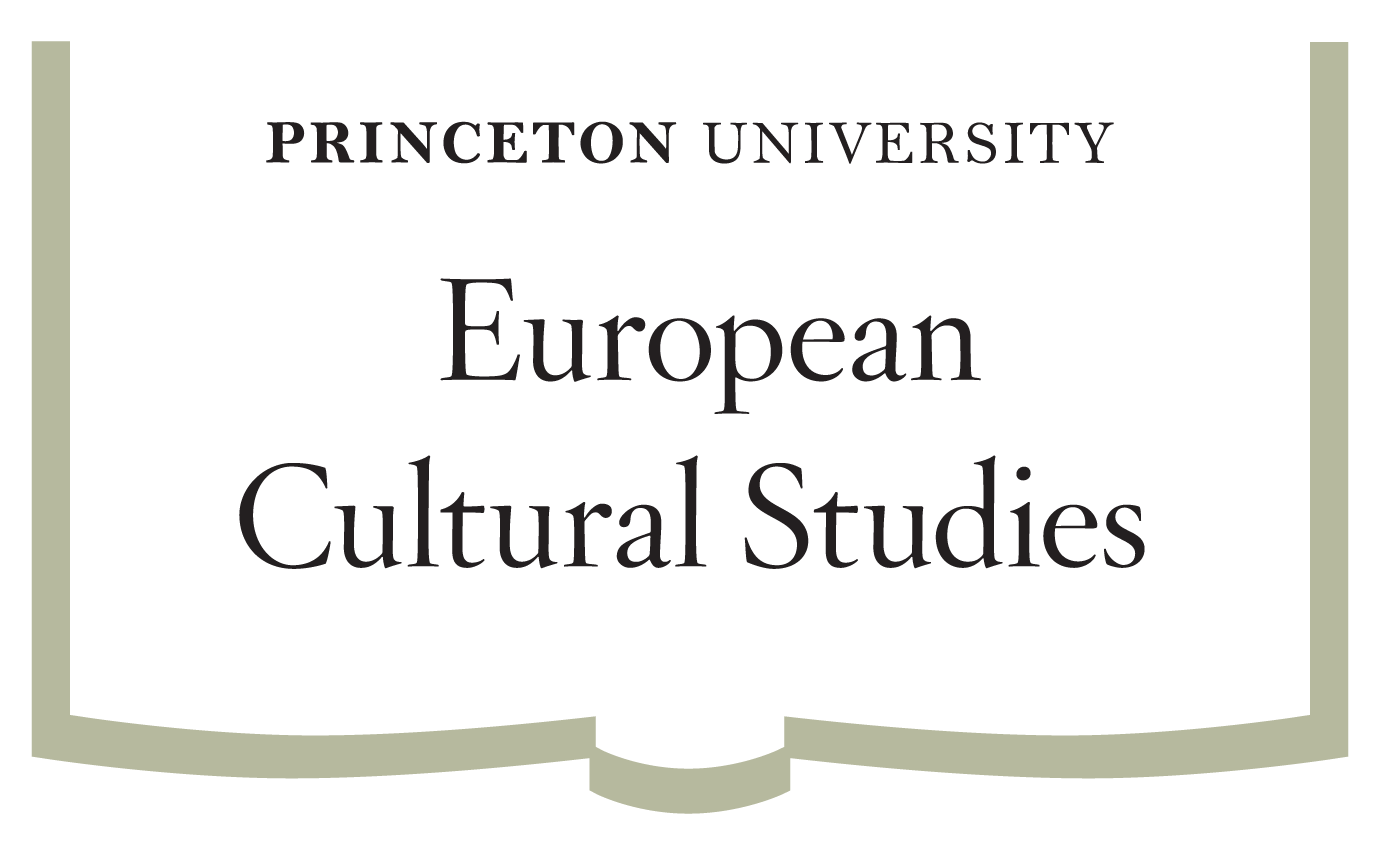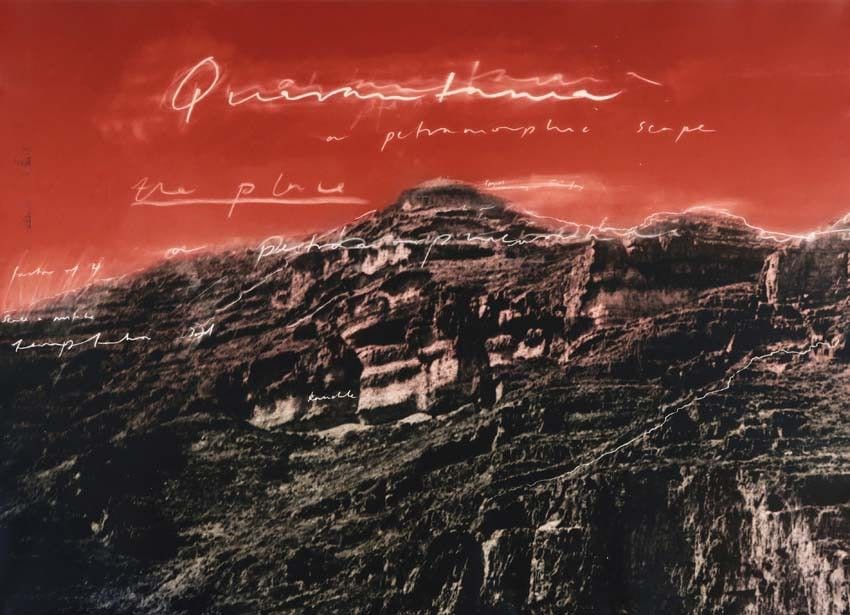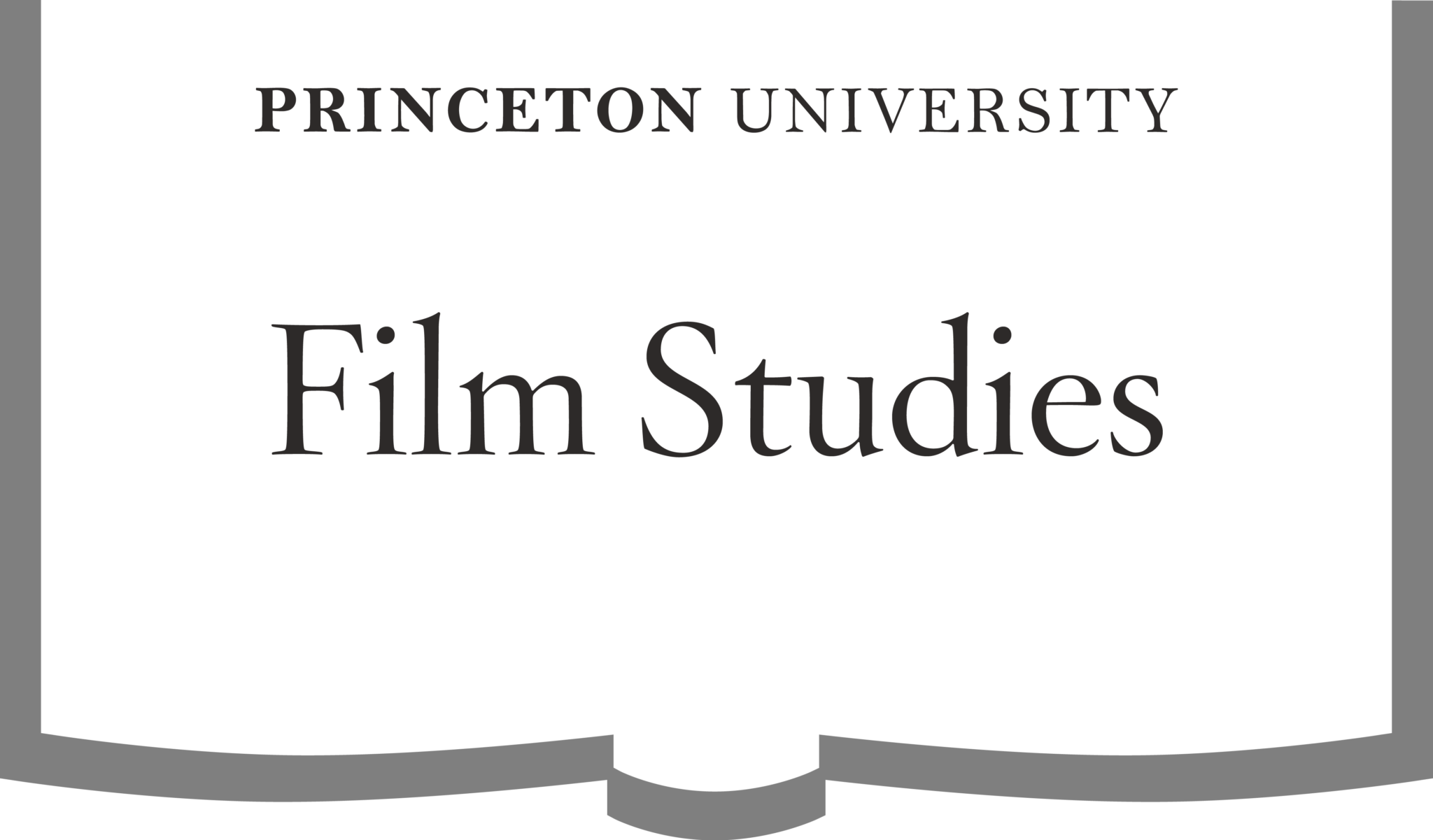By Ruby Shao ’17
A pigment grinder once suffered an odd prank. Every day, he received a visit from an engraver who claimed to be portraying the 12 craziest people in the city. Eventually, the pigment grinder came to believe himself insane.
Such true tales will abound in a new course for spring 2020, ECS 385 / COM 377: “Afterlives of the Artists,” taught by Professor of Comparative Literature Eileen Reeves. As she explained, the pigment grinder counted as the lowliest kind of artist, but conspirators turned him from an artist into the material for art — a machine for producing narratives. His psyche morphed into clay for their amusement.
“The soul of the artist migrated to another body,” Reeves said, describing this sort of trickery as commonplace. “It’s this fascination with the artist’s personality as something malleable to have fun with. But today, we’d find that cruel.”
She contrasted the pigment grinder vignette with the standard account of artists. On the traditional model, every artist represented a strong, constant force to which everyone and everything must adapt as he continued creating. He also showed promise as a childhood genius, despite humble circumstances, while dallying in petty crime, love affairs, and aristocratic circles.
Playing on Lives of the Artists, Giorgio Vasari’s 16th-century series of biographies responsible for the mainstream view of artists, “Afterlives of the Artists” will explore the transition to alternatives. Why did literary trends change? To what extent did the commodification and commercial availability of artwork contribute? How do genres, like art history records and novels, bleed into one another?
“Because I’m a slow reader myself, and these texts are amazing, I’ve tried to keep the readings light,” Reeves noted. She said that she especially reduced the workload for the week before spring break, typically a busy time for students.
Besides books and articles, Powerpoints with visuals will structure the course. Creative exercises, which have succeeded in Reeves’s past courses, might include, If you could insert an image into the novel, what would it be and where? Beyond the classroom, students will travel to the Princeton University Art Museum to see which narratives, complete with mood and ambiance, arise from displayed works. “Whenever I have a spare hour, I go to the Museum,” Reeves said. “I can’t think without images.”
While interdisciplinary, “Afterlives of the Artists” will focus not so much on art as on literature. Inhabiting the psychology of another will emerge as an important means by which writers captured artists.













